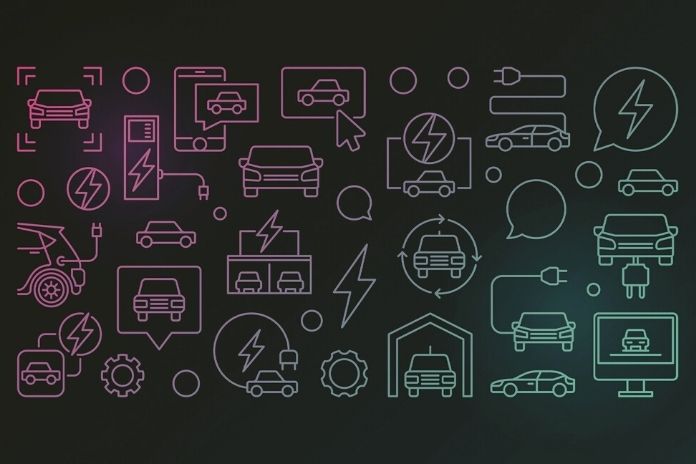Storage Solutions For Use With AI And ML

Companies that rely on artificial intelligence and machine learning in the network must ensure that the storage solution used is fast enough, to make the data available for solutions in the AI/ML area. The capacity also plays a role.
In hardly any other area, is it so necessary that the storage area has to be optimally designed for cooperation, as with artificial intelligence ( AI ) and machine learning ( ML )? Performance and capacity must be sufficient here. Otherwise, the AI and ML systems cannot work optimally. Here, of course, the problem arises that the memory is costly since capacity and performance must be optimally equipped. There are different approaches to how these challenges can be solved.
Companies that rely on AI, ML, and Deep Learning (DL) need the appropriate infrastructure and must ensure that the data silos in the network are broken down. Data in these systems must be linked and available quickly. Systems for data management can be enormously helpful when using AI, ML, or DL. Examples of this are solutions from NetApp, Dell, or HPE.
There are also storage systems that rely on AI and ML to solve the storage problem caused by AI and ML. For example, with systems such as HPE ML Ops, HPE offers a container-based solution that is primarily used for the life cycle of machine learning models.
Leverage Software-Defined Storage For AI
Using software-defined storage (SDS) for the AI area, scalable storage can be implemented in which different storage technologies can also be mixed. Data used particularly frequently (hot data) is stored in fast data storage devices, for example, All-Flash or NVMe. The system automatically saves data that is not used quite as frequently on SSD or other fast data carriers.
Archive data that is less required (cold data) can, in turn, be stored on conventional storage media such as HDD. The entire memory is made available to the users as a total capacity, and the software-defined storage solution distributes the data as optimally as possible. At the same time, this has the advantage that all storage technologies can be optimally utilized.
SDS has been used in many networks for several years. Some systems use AI and ML technologies in the storage area at SDS. Here, of course, the analysis plays a role, which is used to determine which data is hot or cold and is stored on the appropriate data storage devices. Such systems should at least be considered when planning a storage solution. HPE and Dell offer interconnected systems here.
Keep Using Existing Memory, But Improve It With AI And ML
There is already sufficient storage hardware in networks in many cases, but it is used ineffectively. Individual devices may be busy while others still have capacity. Here, purchasing a software-defined storage solution can help centrally manage the data storage and use the capacity more effectively overall. Companies should focus on ML solutions optimally analyzing data and storing it accordingly.
Use The Hybrid Cloud For Storage
Of course, when using AI and ML, cloud solutions can also be used. In many cases, AI and ML solutions are either operated in the cloud or work together with the cloud. In this context, it can make sense also to book data storage in the cloud. There is also storage like StorSimple here. A datastore is operated in the local data center, which can also access storage in Microsoft Azure. This makes the solution very flexible and scalable. Data can be stored locally and in the cloud, managed by the StorSimple device. Of course, the connection to the Internet and the network’s performance also plays a role here.
Storage systems for hybrid clouds or software-defined storage systems are often offered together with suitable hardware and software for the network. For example, NetApp offers an architecture that provides storage based on all-flash and Cisco’s network components. The memory is particularly ideal for use in AI/ML environments. Here it quickly becomes apparent that in a network in which AI and ML data is processed, all components must interact optimally for the solution to work correctly.
Part of the architecture is an all-flash system with cloud integration. The system is optimized to forward data to the servers on which the AI calculations are performed. With this overall package, all components involved can exploit their maximum benefit. So this is where all-flash technologies with software-defined storage capabilities, hybrid cloud technologies, and perfect alignment come into play.
Maximum Performance With Flash Memory
If you want maximum performance, you can, of course, rely on flash memory. All-flash storage also makes sense here. Performance and capacity are, of course, sufficient here if the appropriate system is used. The disadvantage of this solution is undoubtedly the cost since the prices for memory chips are still very high. For this reason, flash storage is often integrated with lower-cost storage in software-defined storage solutions. In this case, the software-defined storage system takes care of optimal distribution.
ALSO READ: Can Big Data Solutions Be Affordable?






